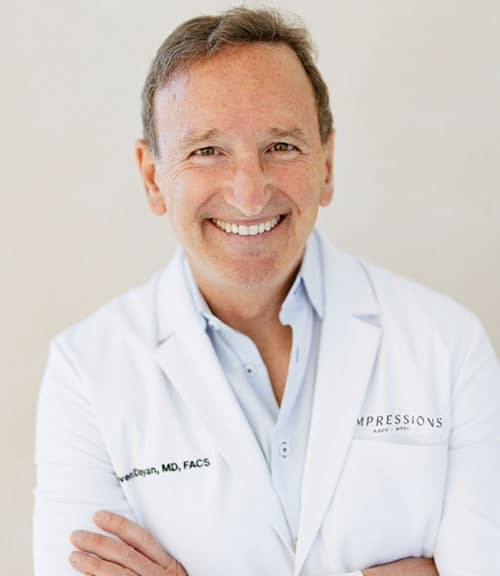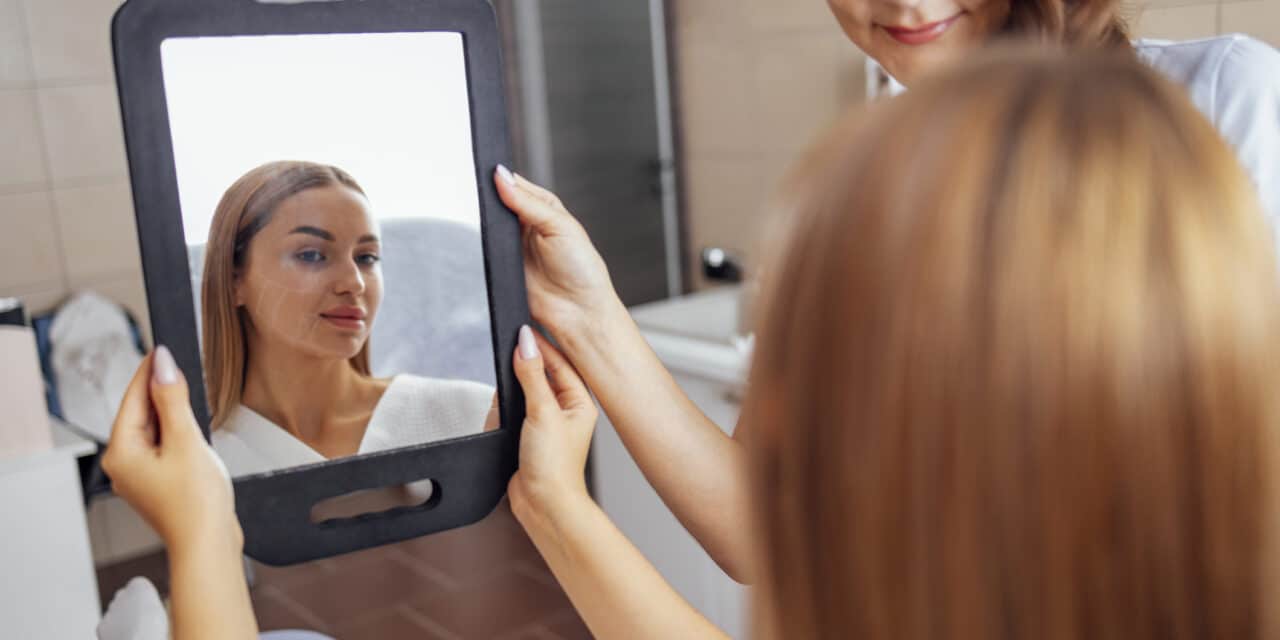Dr Steven Dayan discusses how patient-reported outcomes (PROs) are shaping clinical research, regulatory standards, and patient care in aesthetic medicine.
As the aesthetics field continues to evolve, the value of patient-reported outcomes (PROs) is gaining wider recognition—not only in clinical research but also in everyday practice. A new paper, “Revealing the Patient Perspective: Evolution of Patient-Reported Outcome Measures in Botulinum Toxin Studies in Aesthetic Medicine,” published in the Journal of Cosmetic Dermatology, examines how PROs have shifted the focus of botulinum toxin research from physician assessments alone to include the patient’s own evaluation of treatment impact.
In this interview, Plastic Surgery Practice spoke with Steven Dayan, MD, FACS, board-certified facial plastic surgeon practicing at Impressions Face + Body in Chicago and lead author of the study. Dayan discusses the clinical and regulatory significance of PROs, the development of validated tools like FLO-11 and FLSQ, and how the inclusion of this data in BOTOX Cosmetic labeling sets a new standard for the field. He also offers insights into how aesthetic physicians can apply the concepts behind PROs to improve patient care and satisfaction.

PSP: Why is there such an emphasis on patient-reported outcomes (PROs) in medicine today?
Steven Dayan, MD, FACS: PROs are an essential piece of advancing treatment innovation. While patient-centricity in drug development is found in many therapeutic areas, its application in aesthetic medicine is unique.
First, aesthetic treatment procedures are often elective, so understanding satisfaction is critical in demonstrating treatment value. Second, PROs are required for approval by agencies like the FDA and EMA, making them vital for clinical trials and product labeling. Lastly, many aesthetic conditions have appearance-related psychosocial impacts on confidence, mood, and self-esteem, so assessing improvement in these areas is important.
PROs enable providers to address specific patient needs and goals, leading to better outcomes and satisfaction.
PSP: What are some key PROs to be considered after cosmetic injections?
Dayan: We can use BOTOX Cosmetic as an example given it is the original and most studied product of its kind. The inclusion of PRO data in BOTOX Cosmetic labeling sets the industry standard and demonstrates commitment to the patient perspective.
PRO findings from this recent study show that BOTOX Cosmetic can provide high patient satisfaction, self-esteem, and significantly improve attractiveness and overall facial appearance. Patients report feeling less tired and less stressed after treatments.
These appearance-related emotional and psychosocial benefits can be just as important as the physical improvements of reducing wrinkles and should be considered when evaluating a patient after injection. By understanding these broader benefits, providers can better manage patient expectations and deliver more satisfying results.
PSP: What benefits can PROs reveal beyond the temporary improvement of frown lines, crow’s feet, forehead lines or platysma bands?
Dayan: As the paper states, PROs are important for assessing the outcomes that matter most, thereby facilitating physician-patient communication around potential benefits and informing individualized treatment decision-making.
PROs capture the patient’s perspective on what they are experiencing following treatment—including satisfaction and improvement in psychosocial impact like confidence and self-esteem—providing crucial insights into how a treatment impacts overall health and wellness.
PSP: Explain the significance of the Facial Line Outcomes-11 (FLO-11) and Facial Line Satisfaction Questionnaire (FLSQ) in terms of demonstrating the growing recognition of the patient perspective by regulatory bodies.
Dayan: Both FLSQ and FLO-11 were developed and validated with input from regulatory bodies and implemented into onabotulinumtoxinA pivotal studies.
FLO-11 encompasses a broad group of concepts related to UFL, allowing patients to assess how they look (tired, stressed, angry, not having a smooth face, not rested), how they feel (older, less attractive), and how much their facial lines bother them. EMA has accepted FLO-11 to establish presence of psychosocial impact at baseline as entry criteria for BOTOX FHL registrational studies.
FLSQ incorporates an even broader set of concepts than FLO-11 for exploring patient perspectives. It assesses various aspects relating to treatment expectations and satisfaction (e.g. onset, duration, improvement in facial lines, natural look), emotional/psychosocial impact (e.g. feeling old/angry/tired, effects on self-esteem), likelihood of continuing treatment or recommending it to a friend, and the degree to which expectations were met. Treatment satisfaction results (FLSQ item-5) are included in several regulatory labels for BOTOX, including FDA and EMA.
PSP: Are PROs being adopted in cosmetics/aesthetics?
Dayan: The inclusion of PRO data in BOTOX Cosmetic labeling sets the industry standard and demonstrates commitment to the patient perspective. We expect the patient perspective, paired with clinician assessments, to continue to be a key driver of future clinical programs in aesthetic medicine. In fact, our literature search identified 19 publications from Phase 3 studies of other approved BoNTAs, all of which used PROs to assess upper facial line treatment. While FLO-11 and FLSQ are not available for public use, the concepts identified during development of these PROs are relevant for clinician-patient dialogue.
PSP: How should aesthetic providers approach patient consultations to capture the full spectrum of treatment outcomes, including psychosocial benefits?
Dayan: Satisfaction with treatment, satisfaction with natural look, and improvement in psychosocial impact (i.e., confidence, self-consciousness) with aesthetic treatment can be just as important in guiding consultations and treatment options and assessing treatment outcomes as physical improvements. By understanding these broader benefits, providers can ask questions of their patients to understand their experiences, needs, and priorities more fully, which can help better manage overall patient expectations and deliver more satisfying results.
PSP: What do you use in practice?
Dayan: In clinical practice, I don’t use standardized scales formally, but we do ask questions of the patients to tease out much of the same information that is inherent to the scales. It became clear to me early on that BOTOX Cosmetic and aesthetics in general are about so much more than improving a wrinkle or a fold. We are in the business of improving lives and I believe that essence is captured with PROs.
I was so thrilled when the FDA requested them, and the industry responded with validated scales. It really allows us to communicate better with our patients as well as guide the trainers, professors, and leaders in the field to emphasize the importance and impact that aesthetics truly has on our patients and society. PSP
Opening Photo: ID 283514298 © Darya Petrenko | Dreamstime.com




